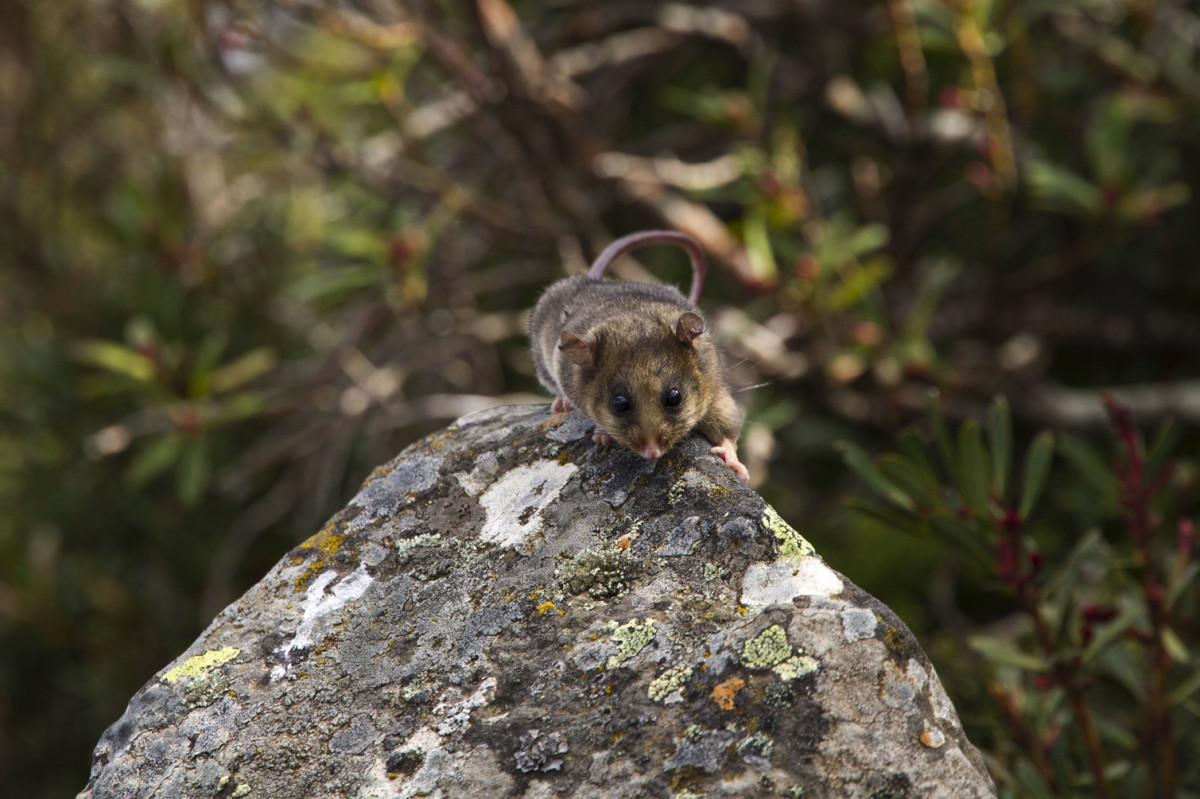Regardless of the cause, everyone is aware that our climate is changing. This can spell good news or disaster for Australian wildlife, depending on many factors.
Like their cousins in many other parts of the world, small mammals like the Mountain Pygmy Possum save energy in cold winters by going into torpor. Their metabolism and body temperature drops and the animal enters into a kind of suspended life, only fully coming back to normal when outside temperatures begin to rise. Torpor is similar to hibernation, which occurs in the long winters of the northern hemisphere.
This is a very effective survival strategy and many small Australian species such as the Mountain Pygmy Possum use it to survive cold conditions – but there are drawbacks. Possums come out of their winter sleep when the snow begins to melt. They need to find food quickly to survive.
Snow melt, the return of the possum, and the arrival of the bogong moth – the possum’s principle food – once happened at the same time. Now the snow line is higher, snow melt happens earlier, and the temperature is gradually increasing. The time may come when the possum emerges from its winter sleep to face starvation.
